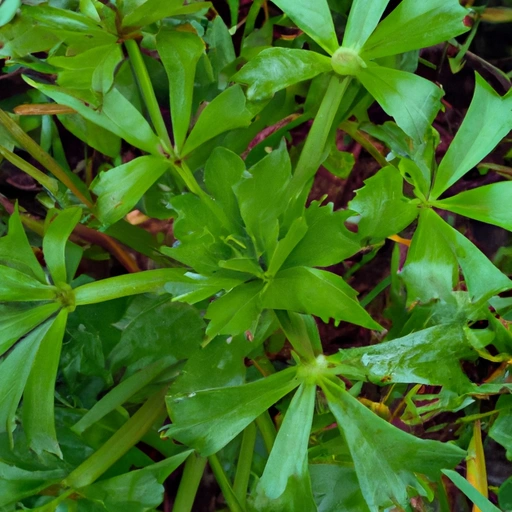Culantro
Description

Culantro, also known as Eryngium foetidum, is a tropical perennial herb in the Apiaceae family. Unlike cilantro, which it is often confused with due to similar flavors, culantro has long, serrated leaves and a more potent aroma. Its robust taste is cherished in numerous global cuisines, adding depth to an array of dishes. With its distinctive flavor profile, culantro is celebrated by chefs and home cooks alike, and it is a staple in Caribbean, Latin American, and Southeast Asian cooking.
Common uses
Culantro is commonly used in salsas, soups, stews, and marinades. It's particularly famous for its role in Caribbean green seasoning, a blend of herbs pivotal to the region's cuisine. In Southeast Asia, culantro is often incorporated fresh in salads, or cooked in soups and curries, imparting a distinct, aromatic flavor that stands up well against strong spices.
Nutritional value
Calories
Culantro is low in calories, with approximately 1 kcal per 1 tablespoon (0.5 grams) of the chopped herb.
Protein
Protein content in culantro is minimal, providing less than 0.1 grams per tablespoon.
Fat
The herb is essentially fat-free, with trace amounts typically found in a serving.
Carbohydrates
Culantro contains a small amount of carbohydrates, roughly 0.1 grams per tablespoon.
Vitamins
Culantro is rich in vitamins, including Vitamin A and Vitamin C, both crucial for immune system function and skin health.
Minerals
This herb also contains minerals like calcium and iron, which are important for bone health and oxygen transport in the body respectively.
Health benefits
Culantro's health benefits are numerous. It's known for its anti-inflammatory properties and has been used traditionally to treat ailments such as flu, diabetes, constipation, and fevers. The vitamins and minerals found in culantro can also contribute to overall health maintenance.
Potential risks
While culantro is safe for most people, those with allergies to other members of the Apiaceae family should approach it with caution. Excessive consumption is not recommended as it can lead to stomach issues or skin sensitivity, particularly in sun-exposed areas.
Common recipes
Culantro is a key ingredient in recipes such as Puerto Rican 'sofrito', Trinidadian 'chow', and Vietnamese 'pho'. It is also used in 'recao' paste, a blend of culantro and several other ingredients crucial in Caribbean cuisine.
Cooking methods
The herb can be used both fresh and cooked, with cooking methods including boiling, sautéing, and grilling. It is robust enough to withstand longer cooking times, making it suitable for flavoring broths and stews.
Pairing with other ingredients
Culantro pairs well with meats like chicken and pork, seafood such as shrimp and fish, and complements ingredients like coconut milk, lime, chili peppers, and garlic.
Summary
Culantro is a versatile herb with deep roots in various traditional cuisines. Its bold flavor and health-boosting properties make it a valuable ingredient for both culinary and medicinal purposes. Whether used fresh or as a component of complex spice blends, culantro brings a touch of the exotic to any dish, transcending geographical boundaries and enhancing flavors worldwide.